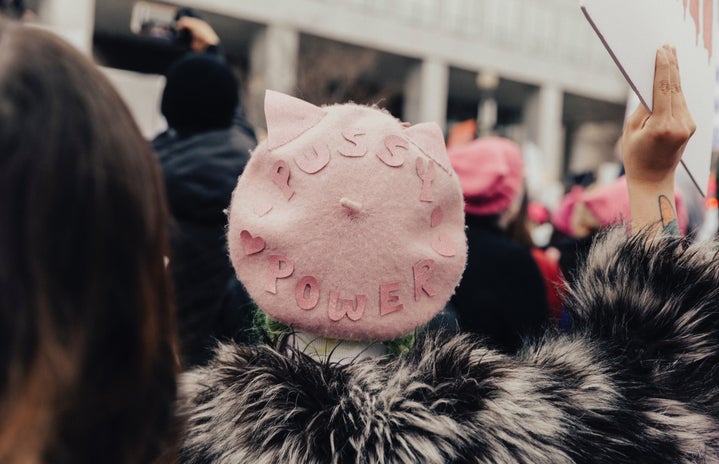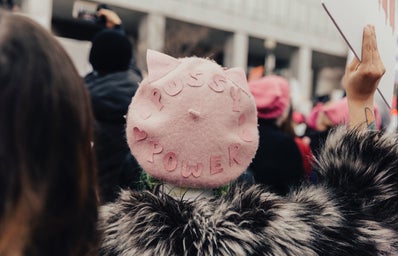What is Remembrance Day and why do we remember it?
Remembrance Day, also known as Armistice Day, is the day which marks the end of the First World War, which ceased at the 11th minute of the 11th hour on the 11th day of the 11th month 1918. The day remembers the agreement between the Allied Forces and Germany, to cease the fighting on both sides. It was signed in Compiegne in Northern France and came into effect at 11am. On Remembrance Day there is a two-minute silence which is held in remembrance of those who gave the ultimate sacrifice and of their wounded comrades and the families that they left behind. The first two-minute silence was held on the 11th November 1919, when King George V asked that the public observe a silence at 11am in memory of those they had lost, so that “the thoughts of everyone may be concentrated on reverent remembrance of the glorious dead”.
What is the Poppy and why do we wear it?
The poppy is a symbol that was first used in remembrance of the First World War and is strongly tied to Armistice Day (11th November). The poppy is a symbol of Remembrance and hope, it is worn by millions of people in remembrance of those that have been lost due to conflicts. However, the poppy’s origins as a symbol of our remembrance lie within the landscapes of the First World War.
During the First World War, poppies were a common sight, this was especially common at the Western Front. During the War, due to the ground being churned up by the fighting and shelling, poppies flourished in the soil. The sight of these poppies inspired the Canadian doctor John McCrae while writing his poem ‘In Flanders Fields’, which he wrote whilst he was serving in Ypres in 1915. In response to McCrae’s poem, the American humanitarian, Moina Michael wrote “And now Torch and Poppy Red, we wear in honour of our dead”. Moina Michael tirelessly campaigned to make the poppy a symbol of those who had died in the war.
The first artificial poppies were sold in Britain in 1921, in order to raise money for the Earl Haig fund which supported the families of those who perished in the war as well as ex-servicemen. These poppies were supplied by Anna Guérin, who had first started to sell poppies in order to raise funds for war orphans. The poppies were so popular that in 1922 the Royal British Legion founded a factory which was staffed by disabled ex-servicemen, to produce their own poppies. The Royal British Legion continues to do this today. The first ever ‘Poppy Appeal’ raised over £106,000 and the money raised was used to support the veterans of WW1 with employment and housing.
Ever since the First World War, they have become a symbol of remembering those who gave their lives in World War One, but they also became a symbol of remembrance for those who died for their country in any war that happened since.
Types of Poppies
The Red Poppy: The red poppy is a symbol of remembrance and has 3 petals and a leaf.
Scottish Red Poppy: The Scottish Red Poppy has 4 petals and no leaf.
White Poppies: White Poppies can be worn alongside the red poppy. It is used as a symbol of peace and in remembrance of every life lost in war. It is sold by the Peace Pledge Union. However, the money that is raised by these poppies is not distributed towards funds in support of any charity.
Purple Poppy: The purple poppy is a symbol of remembrance for the animals that served during wartime in the United Kingdom. It was created in 2006 as an alternative option to the traditional red poppy.
Black Poppy: The Black Poppy is used in remembrance of the Black, African, and Caribbean communities who contributed in many ways towards the war effort.
The Controversy around the Poppy
In 2011, FIFA – the ruling body of Football – ruled that the English, Welsh, and Scottish teams could not wear a poppy on their shirts due to regulations that forbade the use of political, religious, or commercial messages. This caused outrage, with many people demanding a turnover of the ruling due to the poppy being a symbol of remembrance. Following the outcry, the teams were permitted to wear the poppies on black armbands.
This year, Cambridge University came under fire after students rejected Remembrance Day poppies, stating that they glorified war. Cambridge University’s Student Union were asked to do more to help promote Remembrance Sunday, however, the motion was rejected by a student activist who said the organisation should “reshape remembrance away from the glorification and valorisation of war” and believed the university should campaign “against Militarisation”.
There are many controversies surrounding footballers who decide not to wear a poppy, however, everyone is entitled to their own opinion on whether they wear a poppy or not and no one has the right to judge anyone based on that opinion.
No one should belittle you for making the choice – whatever that may be – however on this Remembrance Day, as on the Remembrance Day before, I shall be wearing mine in support and remembrance of those that made the ultimate sacrifice and for those that struggle even when the war is over. To all our heroes that gave their tomorrow for our today and to those that continue to fight for us: Thank you for your service.
Lest we Forget.
They shall grow not old, as we that are left grow old:
Age shall not weary them, nor the years condemn.
At the going down of the sun and in the morning
We will remember them.
– from Laurence Binyon’s poem,
“For the Fallen”, Published in The Times in September 1914.


